
Blonde is a hair color that has low levels of dark pigment called Eumelanin. It can be anything from a very pale blonde to a reddish blonde which is called strawberry blonde and a golden-brownish blonde color. Blondism is the word used to refer to people who have blonde hair and show the occurrence of blonde traits based on a predominantly dark or colored population.
Natural blond hair is less common in adulthood as blonde hair tends to darken with age. Blonde hair has also been associated with beauty in Western Cultures and this has always been the main attraction in women.
Table of Contents
- What is Bleaching Hair
- How To Care for Bleached Hair
- Interesting Facts of Bleached Hair
- How To Safely Bleach Your Hair At Home
- Products To Use On Bleached Hair
- Olaplex The Ultimate Repair Kit
- Olaplex No.7 Bonding Oil
- Christophe Robin Shade Variation Care – Baby Blond
- Reverie Milk Anti- Frizz Leave-In Nourishing Treatment
- Jumbo Claw Clip
- Biolage Recovery
- Redken Extreme
- The Best Oils That Can Be Used On Bleached Hair
- Are You Ready?
What is Bleaching Hair
To bleach, your hair means to strip your hair of its natural color by using a chemical hair dye technique. Hair bleach is also known as a lightener which is made from a mixture of ammonia and hydrogen peroxide. Bleaching involves using an alkaline chemical that opens the hair cuticle.
The oxidative chemical penetrates the hair cortex and strips away the natural hair color. It lightens your hair to either a yellow or a red tone depending on your natural hair color. Additionally, how long you leave the bleach on will determine how light your hair gets.
Using bleach can lighten your hair to a platinum blonde. After you have bleached your hair, it will feel less soft in texture. This is because bleach changes your hair's porosity and elasticity. Bleach also penetrates the hair shaft, and these break down the natural fatty acids leaving your hair weak.

Characteristics of Bleached Hair
There are many characteristics that can be seen on bleached hair. Some of the damaged hair includes the following,
- Hair is dry
- Brittle
- Inelastic and filled with split ends
- Prone to breakage
There is a variety of blonde hair that makes up the different shades of hair.
The most common blondes colors
Here are the most common blondes that are used include,
- Ash-blonde – is an ashen/ gray blonde
- Bleached blonde/ bottle blonde, commonly known as peroxide blond – This is an artificial–colored blonde
- Blond/Flaxen – Plain blonde but not a white-blond
- Dirty Blonde/ Dishwater blonde – Blonde that has some flecks of golden blonde or brown in it.
- Golden blonde – A dark rich golden yellow blonde
- Honey Blonde – A darker iridescent blonde
- Platinum Blonde - a whitish blonde
- Sandy Blonde - Grayish - Hazel or it could be a cream-colored blonde
- Strawberry Blonde – A Reddish Blonde Color
Blond hair is more common in light-skinned infants and children, hence the term “baby blonde”.
Here are the signs of bleached hair
- Split Ends –Hair ends start splitting because of how dry they become.
- Brittleness - Easily breakable, very fragile
- Matted hair shaft - This is when loose hairs twists around attached strands and forms clumps on the top of your head, this can be extremely difficult to get a comb through and detangle.
- Change of hair porosity - Porous hair means hair that has gaps and holes in its shaft which can either be due to genetics or damages.
- Hair fall, breakage – Hair can start to fall out due to bleaching.
- Loss of shine – Hair becomes very dull
- Dryness - Hair becomes dehydrated
- Frizziness – Hair doesn’t lay flat when styling
- Hair Tangles – Hair tangles and becomes knotty
- Brassy Orange/ Yellow Tones – Hair color can start washing out and depending on the exposure of the sun can change it to an orange or yellow.

How To Care for Bleached Hair
On Rejuvenating your hair
Firstly, you need to start rehydrating your hair after it has been bleached whether the bleaching was a success or not. If your hair has been damaged, you will need to do an intensive protein treatment first.
Use building bonds at home, shampoos, and conditioners have additives that are used to make sure that your hair stays strong and healthy. Also, blot when you are done washing your hair, don’t rub your hair with a towel as this can cause your hair to tangle and cause friction between the strands. Rather use a cotton t-shirt as it is much softer than using a normal towel.
Use a leave-in conditioner, this will help with detangling and will make it easier to comb through without snagging or pulling on your hair strands. If you experienced some breakage after bleaching your hair, be sure to use fiber-strengthening products this will moisturize hair and put back the protein into your hair.
Use a hair moisturizing mask to help with your hair since bleaching can dry it out. Use the moisturizing mask once or twice a week after you have bleached it. Use shampoos and conditioners that will re-hydrate your hair. Check that these shampoos and conditioners have lightweight natural oils this will also make your hair feel soft.
The right comb to use
Make sure that you are using a wide-toothed comb and not a brush or a narrow tooth comb. Avoid using metal brushes as well, the metal bristles will pull on your hair strands and cause them to break. The best brush to use for bleached hair as it will gently glide through your hair without causing any breakage.
Heat on your bleached hair
When you use tools such as hairdryers, hair straighteners or styling irons be sure to use it sparingly as using heat on bleached hair will put a strain on your hair. Rather go for air drying instead of using a hairdryer and use products that are specifically designed to be used without heat to help hold and shape without using heat. If you need to use heat to style your hair, apply a heat protectant to your hair before styling and use the lowest settings on the tools.
Stay out of the sun as well, especially after you have just bleached your hair, use a UV protectant spray to help shield your hair from more damage and prevent it from being dried out when in the sun.
- Use the right towels and sleep on the right pillowcases.
- Don’t skip treatments.
- Invest in vitamins.
- Take a break from color treatments for a while.
- Don’t swim in chlorinated water.
Interesting Facts of Bleached Hair
People have always been using bleach to lighten their natural hair colors to achieve blonde or other lighter colors. Here are some interesting facts about people that have blonde hair,
- There are about 30 shades of blonde hair that fit into the category of light hair.
- There are 3 prominent blonde stereotypes, the blonde bombshells, the ice-cold blonde, and dumb blondes.
- Blonde women are prone to blindness – Research has shown that women are prone to age-related macular degeneration which may cause blonde women to experience blindness. These women are also prone to develop skin cancer as their skin tends to burn and scar instead of just developing sunburn.
- Blonde people have darker shades in the winterless exposure to the sun, which means that blonde hair gets darker.
- Blondes have fragile hair – Due to the chemicals and bleaching blonde hair is very fragile and is prone to breakage as it is brittle.
- There are only 2% of the people in the world that are natural blondes.
- Blonde hair comes from a tiny genetic mutation.
- People who are born with blonde hair lose their light hair before they are 10 years old. The reason for this is the natural pigment Eumelanin causes the hair strands to darken.
- Blonde people have more hair than the average hair of 120 000 hairs.

How To Safely Bleach Your Hair At Home
At first, bleaching was only done at the salon under the hand of a professional and there were regulations to be followed. However, now products have been made available for DIY bleaching.
Here are the steps you can follow to safely bleach your hair at home:
Step 1: Check to see how damaged your hair is.Before you dye your hair, do an elasticity test on the strands. This is done by spraying water on a piece of hair and then letting the hair absorb the water. Then, stretch the wet hair very gently. If the hair feels gummy or the wet hair stretches more than it usually does then it's best to not dye your hair. However, if when stretched, the hair goes back to its natural length then it's healthy enough to be bleached.
Also, do a patch test to see how your hair will react when using this bleach mixture to see how the results will look if you do your whole head. Another aspect to keep in mind is that if your hair has been previously colored or if it has never been colored it will affect the way the bleach takes effect. This means it can either come out lighter or darker.
Step 2: Make sure you have all the materials you needYour tool kit should consist of the following:
Developer (30v and 20v) - This is the liquid base that you add to your bleach and your toner mixture that is used to combine to form the bleach.
The Lightener – the powder that needs to be added to the bleach mixture that is responsible for lightening in the hair.
Purple Shampoo – Helps with neutralizing unwanted yellows and orange colors.
Toner – This works the same as the purple shampoo.
Make sure you have a mixing bowl, gloves and brush, a plastic bag, and a shower cap.
Step 3: Prep your hairSection your hair into four parts and rub coconut oil from the root to the tip to hydrate the hair and provide a protective layer. Let the coconut oil absorb into the hair for at least an hour and you can apply the bleach.
Step 4: Mixing the productRead all the directions on the packaging thoroughly since not all brands are the same, the instructions might differ. Most bleach needs to be mixed at a 2:1 ratio this means that there needs to be a two-part developer to one part lighter. Measure properly instead of guessing. It all depends on how much hair you have and how much you are trying to bleach. Start off with 2 oz of a 30v developer and 1 oz of lightener, add the ingredients into a mixing bowl and combine them together using a brush until smooth. Use the bleach mixture with a 30v developer for the length of the hair and then add another bleach mixture with a 20v developer for the roots.
Step 5: ApplicationAvoid doing hot roots, this means bleaching the hair from the root to the tip at once. The roots will process and then become a lighter shade of blonde than the rest of the hair. Since the hair closest to the scalp processes the color quicker than the rest of the head. So, instead, apply the bleach with the 30v to the middle downwards exposing two inches of root to scalp first. Then, apply the bleach of 20 v on the roots.
Step 6: Rinse the hairOnce the bleach has taken effect on your hair and has been processed, you can wash it off. Use lukewarm water as using too hot or too cold water can shock your hair in its already fragile state. Rinse the bleach out completely and gently wash your hair to make sure you get all the bleach out.
Step 7: Check to see if you need more bleachSometimes your hair might look yellow or orange and that means having to bleach again. However, give your hair time to recover before bleaching it again, and first, check the condition of your hair before you use the chemicals on your hair again.
Step 8: Use a toner

- Using a toner will help neutralize any brassiness, yellows, or oranges that might be present after you have bleached your hair. Make sure your hair is light enough to be toned before you use the toner on your hair.
- First, check that the hair is a lighter color before using the toner as it might result in an unwanted color. Toner can be put onto slightly damp hair. The mixing ratio is the same as the bleach: 2:1. This means one part toner to two parts 20v developer.
- Mix it using the same method that was mentioned in the above step of the bleach. For example, if you use 2 oz of 20v developer to 1 oz of toner, use the same proportions for the toner which would then be 2 oz of 20v developer to 1 oz of toner.
- Section your hair into four equal parts for this treatment as well. Use gloves when you use and apply the toner to the sections of your hair.
- First, apply to the strands of the hair, then apply it to the middle of the hair and then apply it onto the roots. The toner and mixture will be purple and that’s normal. Like with the purple shampoo means that the toner is working to eliminate the yellow/ orange tones in the hair.
- Wait for the toner to process – Allow the toner to process for about 20-25 minutes or depending on what the time recommendation says on the label. Leaving it on for too long can result in your hair turning purple.
- Once the time is up, wash and shampoo your hair with lukewarm water and use a gentle shampoo and conditioner. To keep the blonde in for longer and to avoid having it fade and wash out, use a purple shampoo to make sure that it is a non-chemical toner.
- Use the shampoo once a week or when you start to notice your hair start to shine yellow. To repair hair after bleaching you need to use a professional haircare product once or twice a week such as a hydrating mask. Minimize using heat and styling products for 3-4 weeks after using bleach.

Products To Use On Bleached Hair
After bleaching your hair, you should take extra precautions to the products that you are going to use on your hair. Here are some products to help heal your hair after bleaching: These products are great for super-dry, damaged, and double-processed hair.
Use repairing shampoos as it fixes all the damages that have been done by the bleach. Purple shampoo is the common hair-care product for bleached blonde hair. It is designed to remove the brassiness and give it a light and fresh color.
Using purple shampoo means you get to wash your hair clean and keep the tone. Use this shampoo once a week. Hair conditioners create an invisible layer on the cuticle of the hair.
-
Olaplex The Ultimate Repair Kit
This treatment is used to repair the bonds in your hair that have been damaged and broken down during the bleaching process. This is a product that works if you use it consistently.
First, shampoo your hair, and then use the Olaplex No. 3 on your damp hair. Keep it on for 10 minutes and then wash it off. Once this has been rinsed you can apply your hair mask.
-
Olaplex No.7 Bonding Oil
This bonding oil works the same as the Olaplex No.3. It repairs and strengthens the damaged hair while giving it a shine at the same time. This oil is made to be a lightweight formula and doesn’t weigh hair down without making hair frizzy, sticky, or heavy.
-
Christophe Robin Shade Variation Care – Baby Blond
This is a hair mask treatment that works great for conditioning, toning, and keeping the brassiness out of your hair. It also helps maintain the blond while hydrating your hair.
- K18 Leave- in Molecular Repair Hair Mask
Shampoo your hair and then dry it with a towel, then apply the repair mask. Leave- in for four minutes. You can style your hair as you like after waiting.
-
Reverie Milk Anti- Frizz Leave-In Nourishing Treatment
This is a lightweight, milky texture nourishing cream. Made from fatty-acid-rich olive and almond oils, shea butter, and amino acids that hydrate hair and leave it feeling smooth.
-
Jumbo Claw Clip
Using a big claw clip is much gentler on hair than twisting your hair into a bun and minimizes breakages and damages. Make your own hydrating hair masks using avocados, oils, fruits, and eggs. A protein mask can include strawberries, egg yolk, and olive oil. Strawberries are used to moisturize your hair and the egg will enrich your hair.
-
Biolage Recovery
This product restores hair by smoothing it and making it manageable. This mask has proteins that moisturize and hydrate bleached hair. It also strengthens hair.
-
Redken Extreme
This mask is a strengthening mask that is designed to give deep care and restore bleached hair. It also restores the protective layer on your scalp.
The Best Oils That Can Be Used On Bleached Hair
- Coconut Oil – Makes the bleached hair soft, and healthy-looking.
- Argan Oil – Antioxidant properties and gives hair a shine
- Rosemary Oil – Used for hair growth
- Olive Oil – Used as a deep-conditioning and hot oil treatment
- Peppermint Oil – Takes away the itching and helps heal any issues after bleaching.
Are You Ready?
Bleaching your hair is a process that requires patience and commitment. It requires ongoing maintenance long after your first bleach session. Keep in mind that each type of hair, the condition that it is in, and how you want your hair to look requires a personalized bleaching method to help keep your hair strong and healthy and to avoid severe damages at all costs.
It is also safer to not use the bleaching products at home and rather allow a professional stylist to do the bleaching process. Also only use the best products for post bleached hair, make sure that these products are marked as salon pro products or safe at-home products.
Do not hesitate to visit our JuvaBun website and check our products that are designed specifically for bleached hair and for more tips on how to care for bleached hair and how to maintain it.

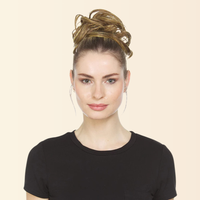
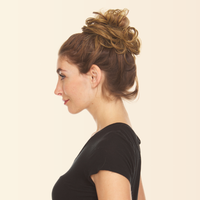
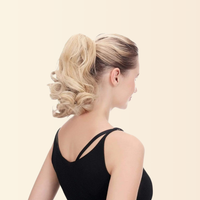
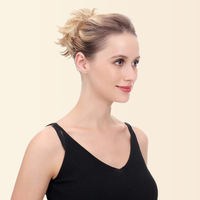

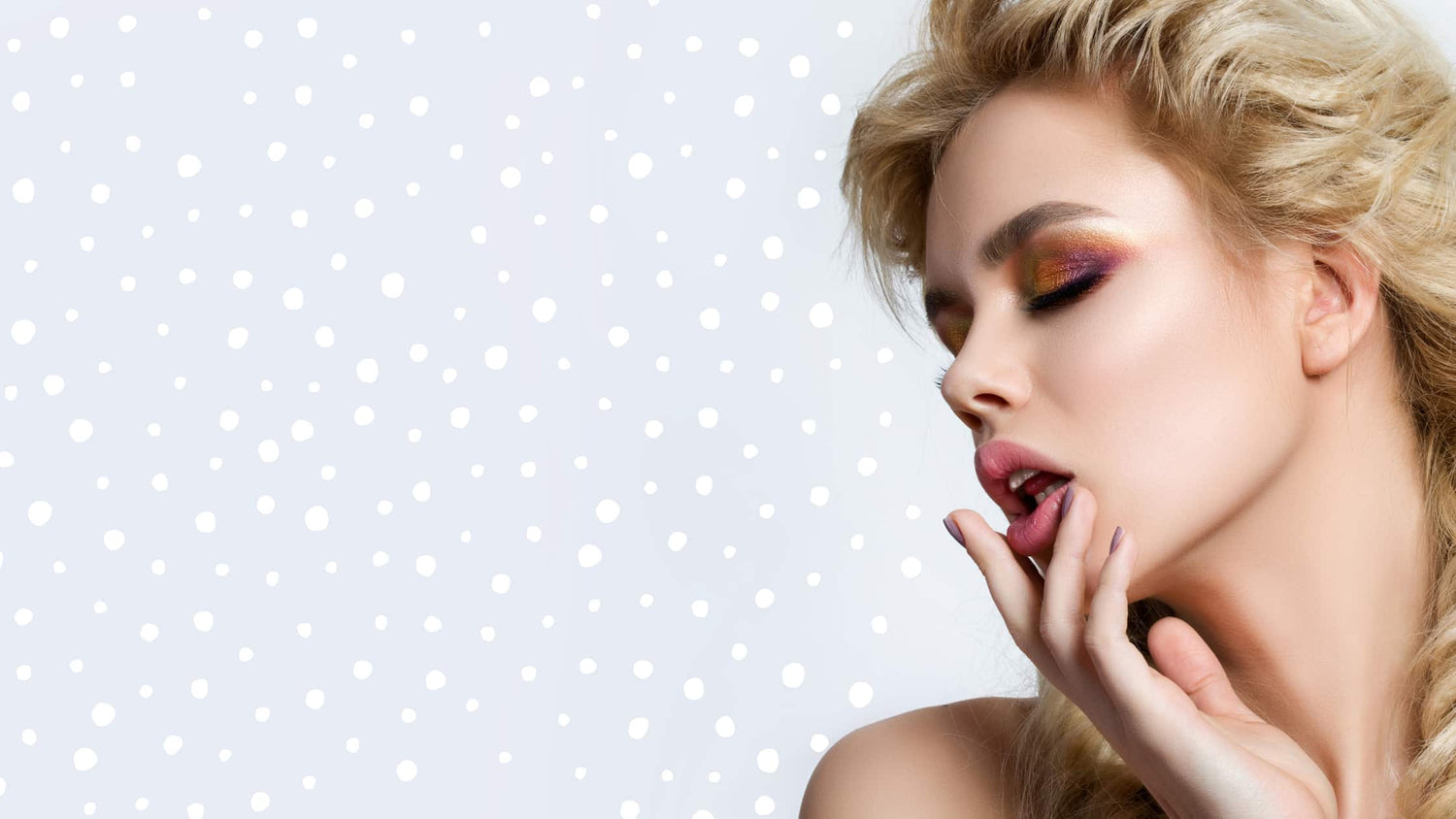
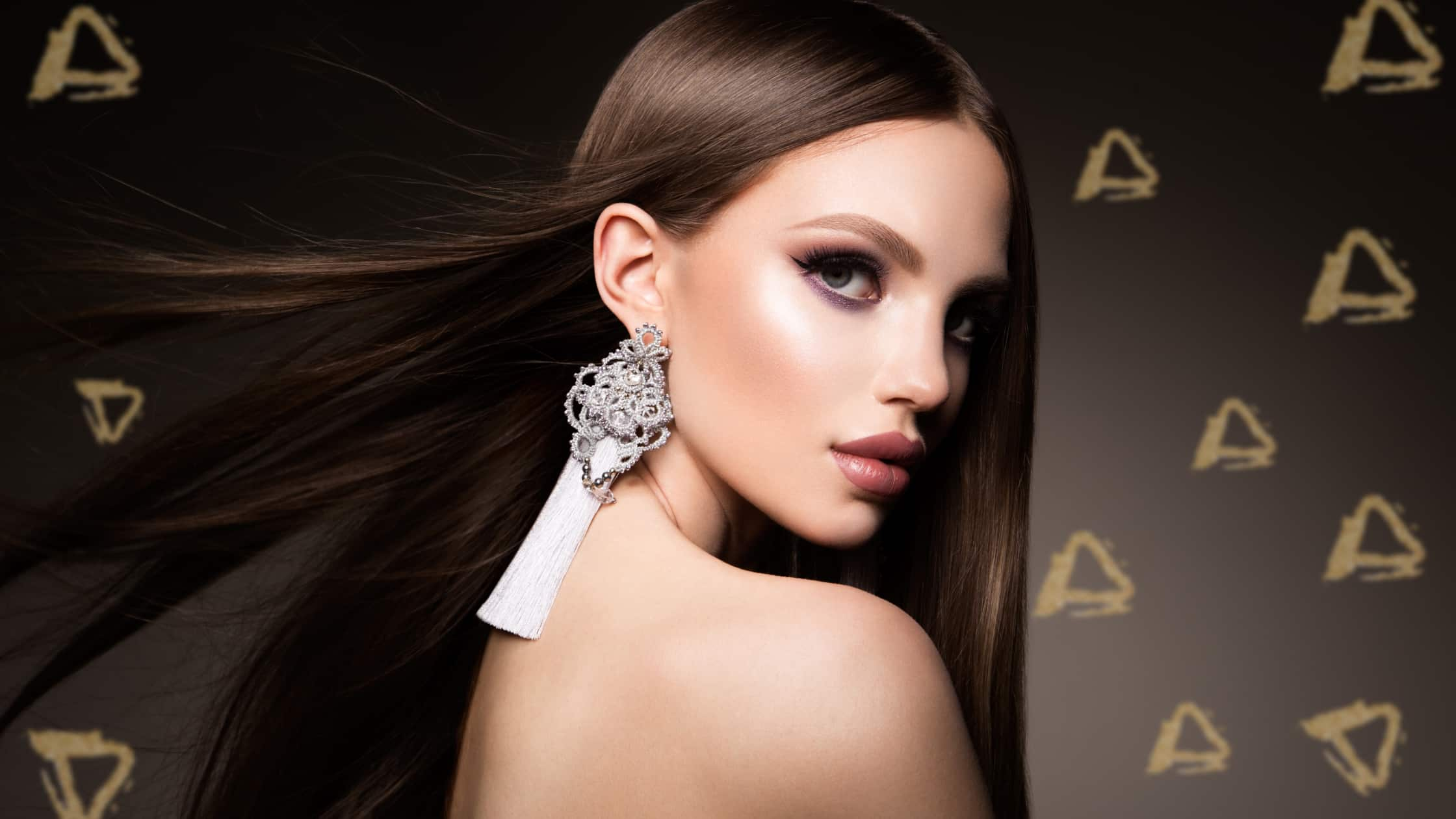
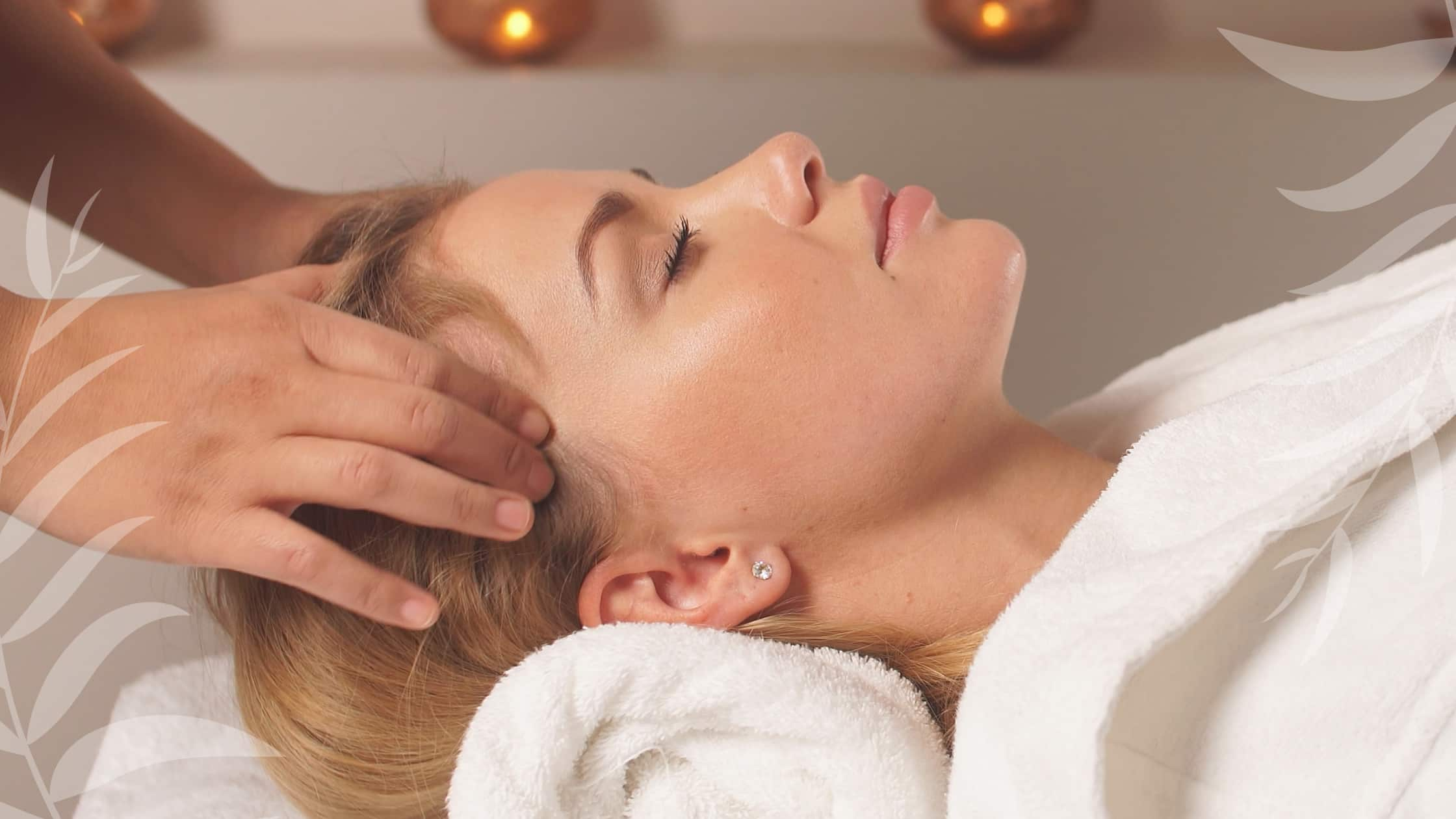
Leave a comment
This site is protected by hCaptcha and the hCaptcha Privacy Policy and Terms of Service apply.